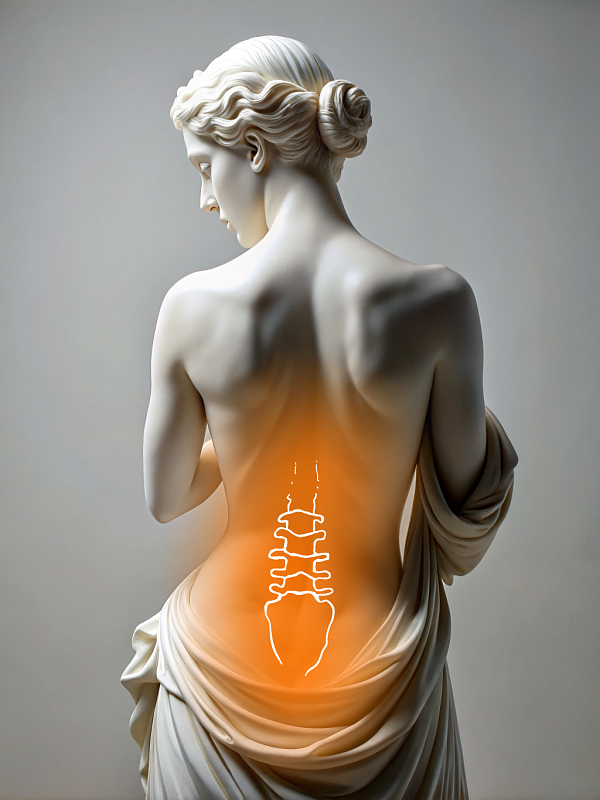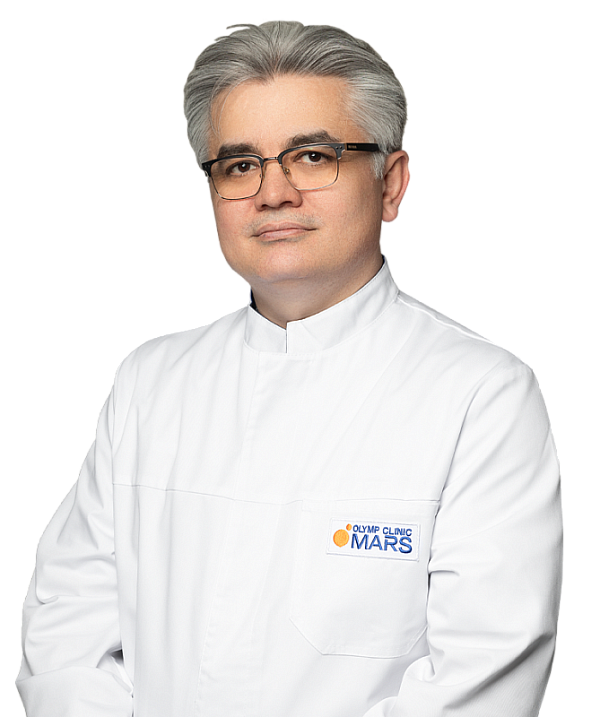Goel-Harms fixation
Goel-Harms fixation is a standard decompression and stabilization technique used for compression fractures, spinal stenosis, segmental instability, or spondylolisthesis.

The aim is to eliminate compression of the nerve endings and stabilize the spinal column. The surgeon restores the spine's anatomy and alleviates pain and neurological symptoms. This method is effective even in complex cases, such as those involving complications arising from previous surgeries.
Prior to surgery, the patient undergoes a comprehensive examination . This includes spinal MRI and CT scans, a complete blood count, an ECG, and anesthesiologist consultation. We also determine the source of the pain and the degree of compression, and assess the patient's general condition. The spine surgery specialist will explain the details of the procedure and the rehabilitation period.
During the procedure, the surgeon removes abnormal structures narrowing the spinal canal to relieve pressure on the nerves. Then, titanium screws are inserted into the vertebrae and connected to rods on the back of the spine. Bone grafting is also performed to promote vertebral fusion. This surgery is performed under general anesthesia.
We use high-precision metal implants, including screws, rods, and cages, all of which are made from biocompatible materials. We also use advanced surgical and monitoring equipment to ensure a smooth procedure. Bone grafts can be taken from the patient or from a bone bank.
Patients typically stay in the hospital for 3-4 days. There is no need to wear a corset afterward. The initial recovery period lasts from 2-6 months, depending on the patient's age and health. Follow-up visits with the attending physician are required for one year. Once rehabilitation is complete, patients can return to an active lifestyle, including sports and physical activity.
Benefits
Long lasting
After full rehabilitation, patients return to their normal lifestyle, including physical activity, work, and sports
Improves quality of life
Eliminates pain, numbness, weakness in the limbs, and other symptoms
Safe
The surgical team's many years of experience and advanced equipment ensure precision during surgery
Reliable
Metal structures firmly fix the damaged segment, completely eliminating pathological mobility
Врачи
Смотреть всех врачейOrthopedic Trauma Surgeon, Vertebrologist
General surgeon, Professor, Doctor of Medical Sciences. Head of the Spine Surgery Department.
Similar referral activities
Endoscopic stenosis decompression
Endoscopic stenosis decompression is a minimally invasive surgical procedure designed to relieve pressure on the spinal cord and nerve roots caused by narrowing of the spinal canal.
Scoliosis and kyphosis spine surgery (Spine straightening)
Surgical treatment for scoliosis and kyphosis is performed when the spinal curvature progresses and causes pain or impaired posture, or when the patient has a pronounced cosmetic defect. The procedure aims to restore the correct spinal alignment, address cosmetic deformities, and stabilize the spine.
Endoscopic discectomy
Endoscopic discectomy is a minimally invasive surgical procedure aimed at removing pathological disc protrusion that puts pressure on the nerve, with minimal impact on the surrounding tissue.
X-ray-guided transforaminal injection (1 zone)
X-ray-guided transforaminal injection provides targeted relief for pain caused by pinched or inflamed nerve roots in the intervertebral foramen area. This method ensures the accurate administration of drugs with minimal trauma.
X-ray-guided facet joint injection (1 spinal segment)
X-ray-guided facet joint injection is a minimally invasive procedure aimed at eliminating pain caused by inflammation or degenerative-dystrophic changes in the facet joints of the spine.
X-ray-guided knee or hip joint nerve injection
Knee or hip joint nerve block is an injection procedure that helps relieve pain caused by degenerative, inflammatory, or postoperative changes in the joints.

